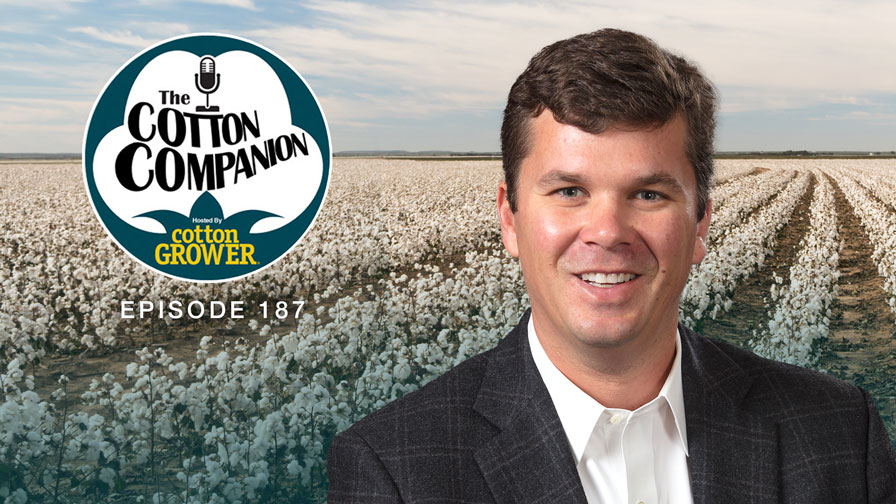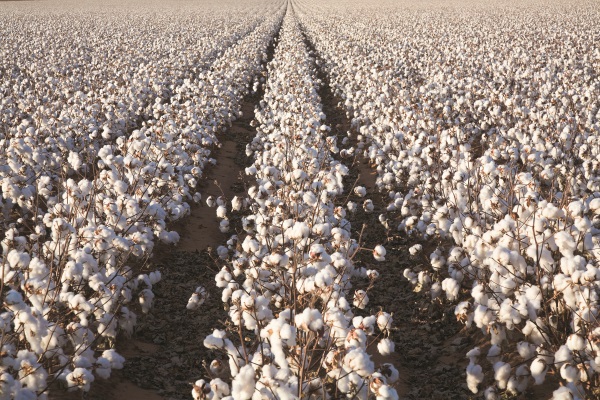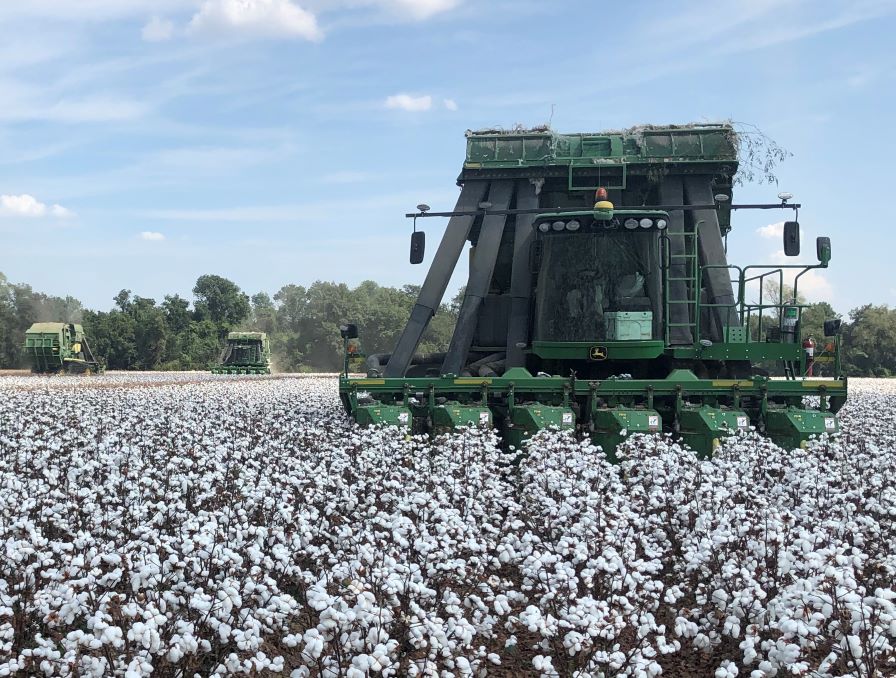Best Spinning Process Depends on the Material

Yarn manufacturers facing an investment decision have to choose the spinning technology that is right for them. Familiarity with differing yarn properties is one precondition for evaluating the processes.
In ring spinning and compact spinning, twist is imparted to the yarn very uniformly and precisely, both by accurately imparting twist via the spindle and exact nipping by the delivery roller, or at the nip roller, which precisely defines the propagation of the twist that is imparted.
In compact spinning, the spinning triangle is also reduced in size compared to conventional ring spinning, resulting in better integration of the fibers and thus improved utilization of fiber substance.
In rotor spinning, accumulations of fiber occur after the yarn is released from the rotor groove, forming so-called belly bands. Fiber integration in the fiber bundle and the belly bands produce the unique character of the yarn, which has a larger diameter than ring-spun yarn.
Air-jet spinning produces a yarn structure that can be subdivided into two groups of fiber orientation: highly parallel in the fiber core, and fibers on the outside twisted very uniformly at a certain angle, similar to the structure of ring-spun yarn.
In both rotor spinning and air-jet spinning, the fibers are twisted less consistently, resulting in lower fiber/fiber friction, reduced utilization of fiber substance, and lower yarn tenacity compared to ring spinning.
Although these yarn structures can be influenced to a certain extent by technology elements and spinning parameters, they result in fundamentally different yarn properties – with the same raw material, yarn count and twist.
Trials conducted by Rieter have shown that textile materials made from air jet yarn display the lowest pilling tendency. This makes the yarn especially suitable for knitting applications, both for tee-shirts and for underwear. Compact yarns can be used to produce fabrics of high density with a special fabric structure. Elastic and non-elastic core-spun yarns can be produced on ring or compact spinning machines. Slub yarns can be produced on ring, compact and rotor spinning machines. If the yarns are to be used in the pile of velvet and cord, yarns in which the pile can be opened readily are suitable, such as ring-spun, compact, and air jet yarns. Compact and air-jet yarns reduce fiber fly in weaving and knitting operations. Their minimal hairiness reduces their tendency to cling compared to ring-spun yarn, and enable sizing applications to be reduced in weaving.
Selecting a Spinning Process
Not all raw materials are equally suitable for the four different spinning processes.
Ring spinning and compact spinning are the most flexible processes. Virtually any raw material – natural fibers, cellulosic and synthetic fibers and their blends – can be spun with only a few adjustments. Rotor spinning is superior to the other spinning processes, especially in processing natural fiber with a high short-fiber content.
In air-jet spinning, the requirements imposed on the raw material and the quality of spinning preparation are very high. Yarn count and usable fiber length are also limited in comparison to ring spinning. The feed sliver must be very clean, the short fiber content may not exceed a certain level, and the fibers must display good parallelism. The better these preconditions are fulfilled, the higher the machine efficiency.









